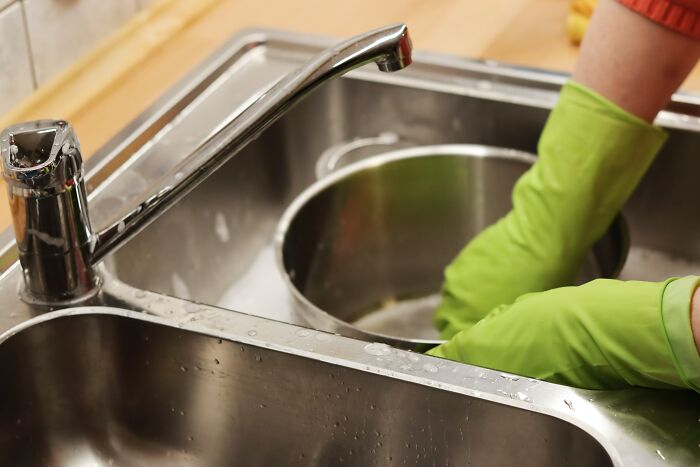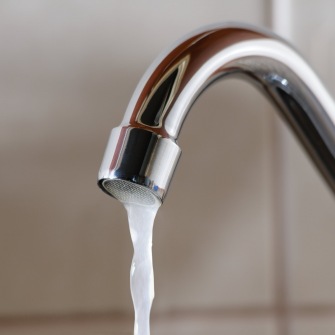Clever Approaches to Guard Your Plumbing in Chilly Temperatures
Clever Approaches to Guard Your Plumbing in Chilly Temperatures
Blog Article
On this page down the page you'll find a bunch of extremely good details involving How to Prevent Frozen Pipes.

All homeowners that live in warm environments have to do their ideal to winterize their pipelines. Failing to do so can lead to catastrophe like icy, split, or burst pipes.
Attempt a Hair Clothes Dryer or Warm Gun
When your pipes are almost freezing, your trusty hair clothes dryer or warm gun is a blessing. Bowling hot air straight into them might help if the warm towels do not help displace any kind of resolving ice in your pipes. Do not make use of various other things that produce straight flames like an impact torch. This can cause a bigger catastrophe that you can not regulate. You might end up destructive your pipelines while attempting to melt the ice. And also in the future, you might also wind up melting your residence. So be careful!
Open Up Cupboard Doors Hiding Plumbing
When it's cold outside, it would be valuable to open cupboard doors that are concealing your pipelines. Doing this little method can maintain your pipelines cozy as well as limit the potentially harmful outcomes of freezing temperatures.
Take Time to Cover Exposed Piping
One cool and also easy hack to warm up icy pipelines is to wrap them with warm towels. You can also use pre-soaked towels in warm water, simply don't forget to use safety gloves to guard your hands from the warm.
Turn On the Faucets
When the temperature decreases and also it appears as if the frigid temperature will last, it will help to switch on your water both inside your home as well as outdoors. This will certainly maintain the water streaming with your plumbing systems. On top of that, the activity will certainly reduce the cold procedure. Especially, there's no requirement to turn it on full blast. You'll end up wasting gallons of water this way. Rather, go for regarding 5 drops per minute.
Shut Off Water When Pipelines are Frozen
If you discover that your pipelines are entirely frozen or almost nearing that phase, turn off the major water valve quickly. You will typically find this in your cellar or laundry room near the heater or the front wall closest to the street. Turn it off right away to prevent further damage.
Don't forget to close outside water sources, too, such as your hookup for the garden house. Doing this will prevent added water from filling up your plumbing system. With even more water, more ice will pile up, which will ultimately lead to rupture pipelines. If you are unsure concerning the state of your pipes this winter, it is best to call a specialist plumber for an examination. Taking this positive technique can conserve you countless bucks in repairs.
All property owners who live in pleasant environments should do their best to winterize their pipelines. Failing to do so can lead to disaster like frozen, cracked, or burst pipes. If the hot towels do not aid displace any working out ice in your pipes, bowling hot air directly right into them might assist. Turn off the main water valve instantly if you notice that your pipelines are entirely icy or virtually nearing that phase. With even more water, even more ice will certainly stack up, which will eventually lead to rupture pipelines.
PREVENT YOUR PIPES FROM FREEZING THIS WINTER
A Leading Cause of Property Damage
When the weather is taking a deep nose dive into the cold dreary days, the risk of your pipes freezing and potentially bursting skyrockets. Unfortunately, during these cold dreary months, burst pipes are the most common denominator for property damage. The pipes that are most at the risk are those that are in areas where it is most cold in your home. For instance, pipes located in interior places such as basements, attics, and your garage. Unfortunately, that doesn’t mean that the pipes running through your cabinets or exterior walls can’t freeze. Good news, however, is that you can do things to help prevent pipes from freezing.
How to Prevent Pipes From Freezing
Once the temperature starts to drop during the winter, you should be taking the proper measures needed to ensure that your pipes stay warm and that there is circulation of water through them. Some steps that experts may recommend could go against your better judgement when it comes to saving water and heat. However, it would go without saying that when expenses are compared, damaged pipes could put a bigger dent in your wallet than a water bill.
What Can I Do?
Keep your garage door closed. This is very important, especially if you have water supply lines running through your garage. Open your kitchen and bathroom cabinets to allow warm air to circulate through them. Allow air circulation throughout your home. Keeping the interior doors open will once again allow the warm air to circulate inside your home. Ensure your thermostat is running the same temperature throughout the night and day. If you plan to be away from home during the cold months, set your temperature no lower than 55° F. This should provide enough heat to keep the pipes warm and prevent any remaining water inside the pipes from freezing. For more of a long-term solution, add insulation to attics, basement, and other crawl spaces around your home. By allowing your faucet to drip, it will alleviate pressure in the system. This is important because the pressure that is created between the blockage and the faucet can potentially cause the pipes to burst. Allowing the faucet to drip will prevent the pressure from building up, therefore keeping the pipes from bursting. Seal any cracks, openings, and crawl spaces around your home to prevent cold air from coming inside. This keeps your pipes-not to mention your home-warmer and less susceptible to issues caused by freezing temperatures. For the pipes in your home that are easily accessible, applying electrical tape to them might prevent them from freezing over. This is a quick fix, as you can apply the tape directly to the pipe. There are two options for heating tapes. One turns on and off by itself when it senses heat is needed. The other type of heating tape needs to be applied when heat is needed and removed when not necessary. If you have exposed pipes in your home, you can check this website to take a look at a few options that would be available at a shop near you.

We hope you enjoyed reading our section on Winterizing Your Pipes. Thanks so much for finding the time to read our blog post. Appreciated our posting? Please share it. Help someone else locate it. I enjoy reading our article about How to stop pipes from freezing during the winter.
Best choice? Dial. Report this page